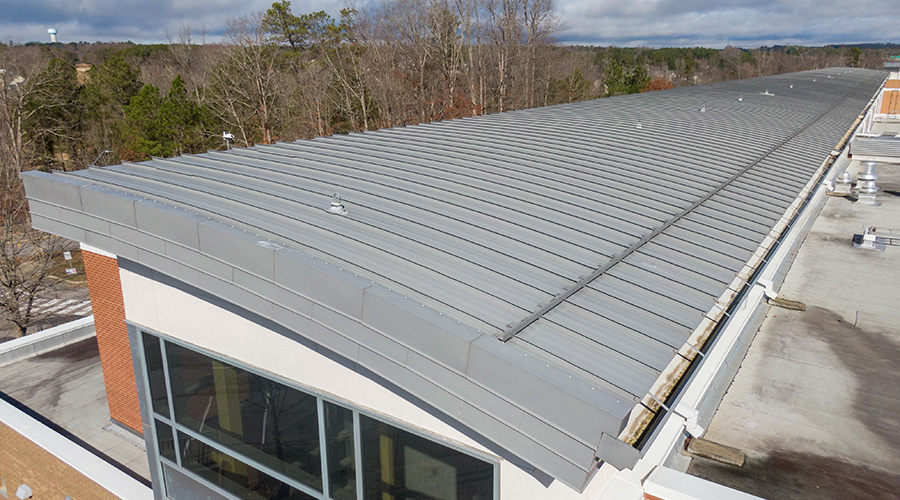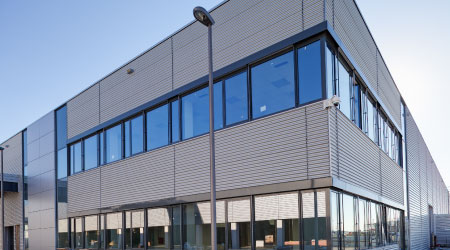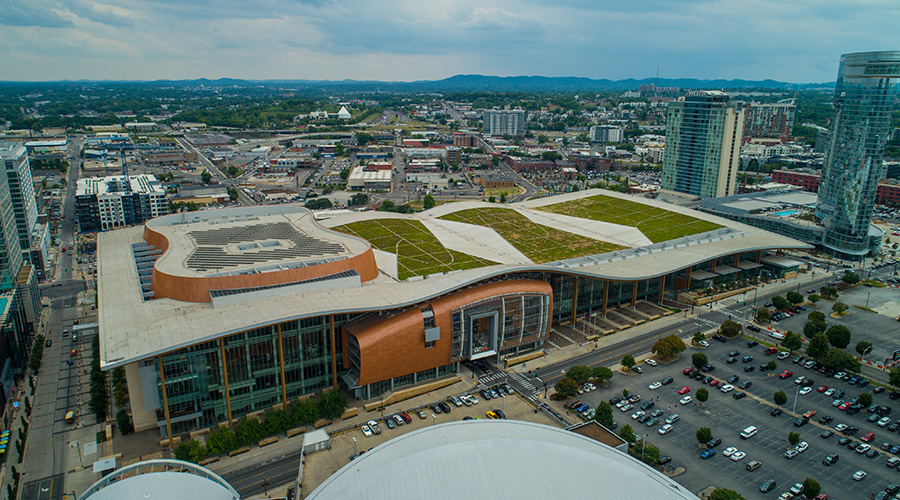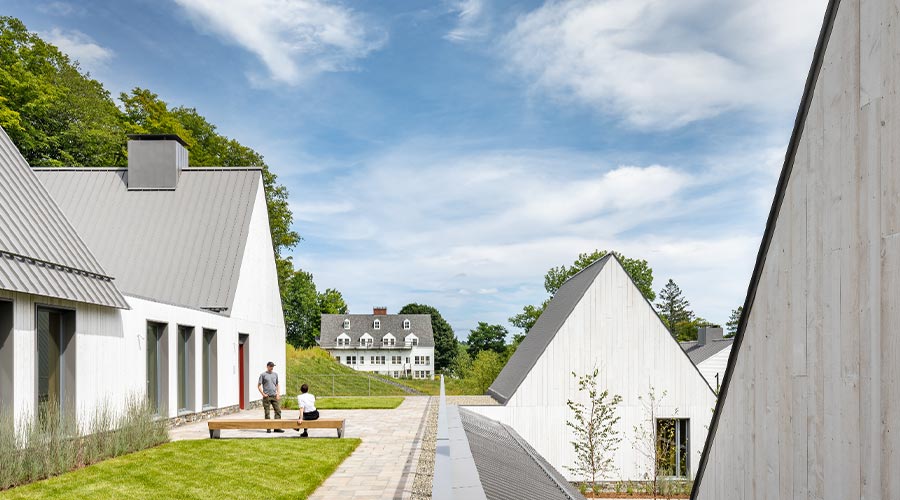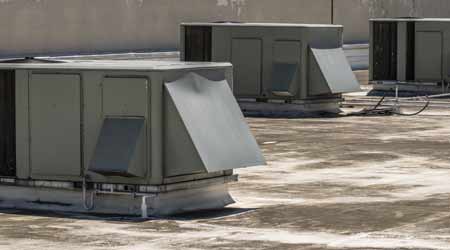 Rooftop equipment can be the source of leaks that are blamed on the roof.
Rooftop equipment can be the source of leaks that are blamed on the roof.Is Your Roof Leak Really a Roof Leak?
As often as not, a roof leak isn't a result of anything wrong with the roof itself. Instead, you'll need to check all building systems that intersect with the roof.
Roof leaks are often a nuisance for a building owner or property manager. Often difficult to track down, leaks can cause damage to interior finishes and lead to tenant complaints and, if not resolved, unhappy tenants who may want to leave. Those leaks can become a nightmare when a financial decision is made to replace the entire roof of the building —and it still leaks.
For building owners and property managers, premature roof failure equals unexpected and often significant expenses. Roofing materials — from traditional systems such as built-up roofing, TPO, EPDM, PVC, and modified bitumen to green roofs — can be vulnerable to environmental stressors such as organic debris, growing vegetation, or ponding water. Other contributors to premature roof failure may include poor craftsmanship, improper flashing, clogged or leaking downspouts, or damage by other contractors. When roofs are not maintained properly, open seams, splits, blistering, wrinkling and cracking can result, which can lead to expensive damage to a building's interior and exterior, if not identified and repaired promptly.
Frequently, an exterior building restoration and roofing company will get a call to come out and try to resolve the leaks. The conversation usually starts with an explanation that this is a brand-new roof, that it has had issues from day one, and that the roofer has been out numerous times to satisfy the warranty to no avail. The roofer now says that the problem is not the roof, but something else. That news may be hard for a building owner to accept – after all, it was probably a significant financial investment – but most of the time the roofer is right.
Check All Building Systems for Damage, Not Just Roofs
Most structures today are constructed out of many different materials that move at different rates. Marrying all of these components together is complex and, at the same time, can make the roof more vulnerable to errors and failure when re-roofing.
In roofing, details around penetrations at the parapet walls and around building systems are very critical to successful projects. Those are points where the majority of leaks occur. However, in a re-roofing project, even if all the details are done correctly, it may not be enough.
Often the materials located above those details have aged and weathered as well, leading to deterioration and allowing moisture through. That moisture then finds its way behind the newly installed roof. When such repairs need to be performed, it is extremely important that the new roof is well-protected and the original installer is notified. If the re-roofing project is just in the budgeting phase, it is important to evaluate those building components and make the repairs prior to installation of a new roof. It is not only the right way to do a re-roof, but the most cost-effective technique as well.
It is important to review the condition of the building’s components that rise above the roof level such as a penthouse, elevator shafts, stair towers, parapet walls and coping and to evaluate the parapet walls from both the interior and exterior. The most visible signs of potential avenues for water infiltration are broken/missing masonry, deteriorated mortar and sealant joints, deteriorated concrete, etc. Sometimes moisture can penetrate even a wall that looks to be a solid but in fact is porous. If those signs exist, there is most likely a leak.
Leaks can often occur from the rooftop HVAC systems as well. Many times, the drain opening or pipe that drains the condensation out of the unit gets clogged and starts to drip in the building. Or sometimes rainwater can enter the HVAC unit where it’s not supposed to and get into the building, or the seal around penetrations within the unit itself deteriorate and can let water in. Capable mechanical contractors are usually needed to help resolve these types of leaks.
Drain assemblies and piping can also be a source of roof leaks. Drain bowls can crack over time, piping can sag if not properly supported and can disconnect from the drain body, and joints in the piping itself can loosen and deteriorate, letting in water. Water tests that isolate the drainage system from the roof can help determine the source of these leaks, with the aid of a licensed plumber.
Other roof components that can let water in are vent louvers, which can be vulnerable to blowing rain; rusted out metal stack vents; ponding water that rises above flashing heights during heavy downpours; and melting snow and ice that can almost travel uphill to find breaches in the roof that rains cannot.
People are often quick to point the finger at the roof any time they see water on the floor or a leak in the ceiling. But leaks can come from other sources than the roof, such as a toilet overflowing, a leaking coffee maker, or someone who spilled a cup of water and forgot to wipe it up. In a multi-story building, be sure to check for those other pesky sources of water in addition to the roof.
Related Topics:










